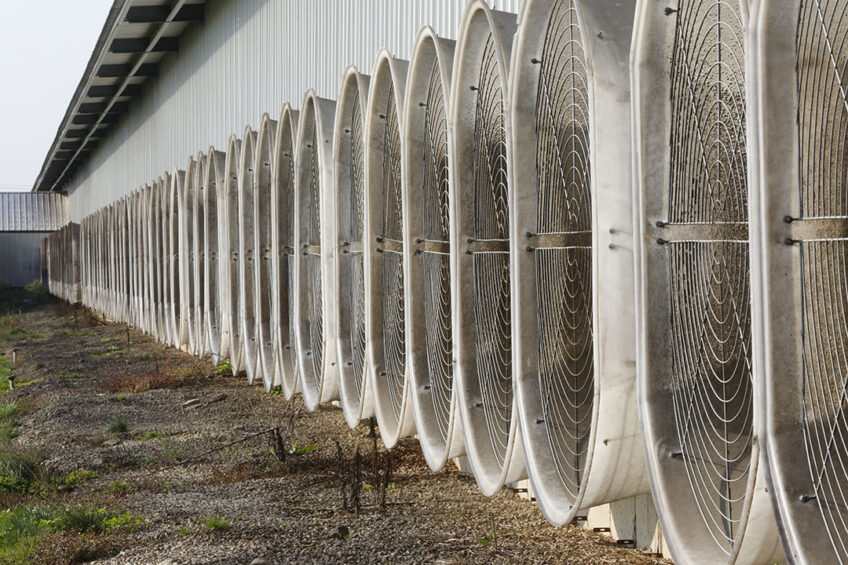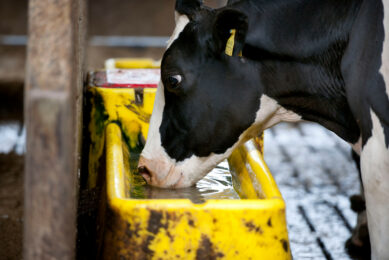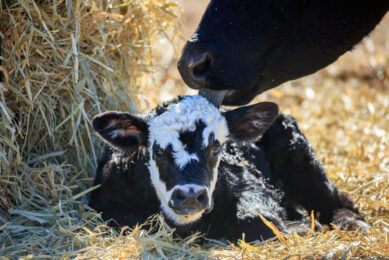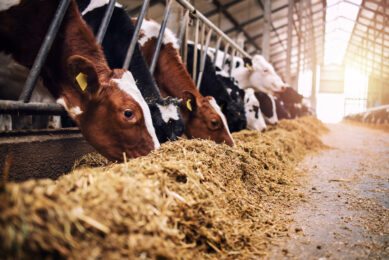Tips and tricks for proper ventilation

Good ventilation with sufficient capacity and air speed is very important to prevent heat stress in broilers. Gerwin Bouwhuis, poultry veterinarian and owner of the Health Center for Poultry (GvP), shares his tips and tricks.
“Compared to 20 years ago, broiler farms are much better equipped and prepared to prevent heat stress,” says Gerwin Bouwhuis, poultry veterinarian and owner of the Health Center for Poultry (GvP) in Emmen, the Netherlands. A few decades ago, the maximum designed ventilation capacity in poultry houses was much lower. Around the turn of the century, 3.6 cubic meters per hour per kilogram of body weight was the standard. In houses built after 2000, the maximum ventilation capacity varies from 4.5 to 7 cubic meters per hour per kilogram of body weight.

Especially for broiler farmers with fast-growing birds, it is important to be prepared for high outdoor temperatures. “Especially in spring time, temperatures can quickly rise from one day to the next. For the farmer, it’s all about response time to quickly change ventilation settings. It’s important to realise that heat stress can already set in with chicks from the age of 20 days at relatively low stocking density,” says Bouwhuis.
Wind chill
Sufficient and good ventilation are of the utmost importance to ensure a pleasant house climate during hot summer days. “With tropical ambient temperatures, it is essential to provide maximum ventilation. You can create a so-called wind chill effect with extra fans in the house. The higher the air speed, the colder it feels. The perceived temperature decreases, which will make the chicks feel more comfortable. Long, narrow house designs do particularly well in creating a high air speed through tunnel ventilation”, says Bouwhuis, who recommends to increase the ventilation in due time. A hot house is difficult to cool down, so start cooling before the heat reaches indoors. In some critical cases it helps to turn on the heater fans (without burning) for extra air movement. At GvP they warn farmers about ‘dead spots’ in the barn. If possible, place extra fans in the house to create airflow through these dead spots. For houses that are equipped with spray cooling, there is an extra point of attention. In some cases, when humidity is low, the maximum ventilation must be limited to make sure the cooling effect of the mist installation works optimally
In the summer months, a short P-band of 3°C is recommended, so that maximum ventilation kicks in early.
Short P-band
Bouwhuis advises broiler farmers to maintain a short bandwidth (P-band) on ventilation in the summer months. The P-band implies the temperature difference between the min and max ventilation level. “In the summer months, a short P-band of 3°C is recommended, so that maximum ventilation kicks in early,” says Bouwhuis. An example: If the house temperature is set to 24°C, the ventilation will run at the minimum setting at a house temperature of 24°C (or lower). With a P-band of 6°C, the maximum ventilation is only reached at 30°C. With a P-band of 3°C, this already happens at a house temperature of 27°C.
It is essential that the incoming air actually moves at animal level
“Make sure there is sufficient negative pressure, depending on the height of the inlet valves in the wall. If this is not properly adjusted, the incoming air rises immediately, leading to insufficient air movement between the chicks,” says Bouwhuis. A smoke test and temperature probe at chick level will show if the air is moving as it should. In houses with longitudinal ventilation, it is important to ensure that no cold air is drawn over the chicks in the evening and at night. Modern house computers will determine the P-band themselves, depending on the outside temperature. An investment in up-to-date equipment will therefore pay for itself, especially during critical temperatures and temperature changes.
Author:
Bouke Poelsma
Join 13,000+ subscribers
Subscribe to our newsletter to stay updated about all the need-to-know content in the dairy sector, two times a week.






